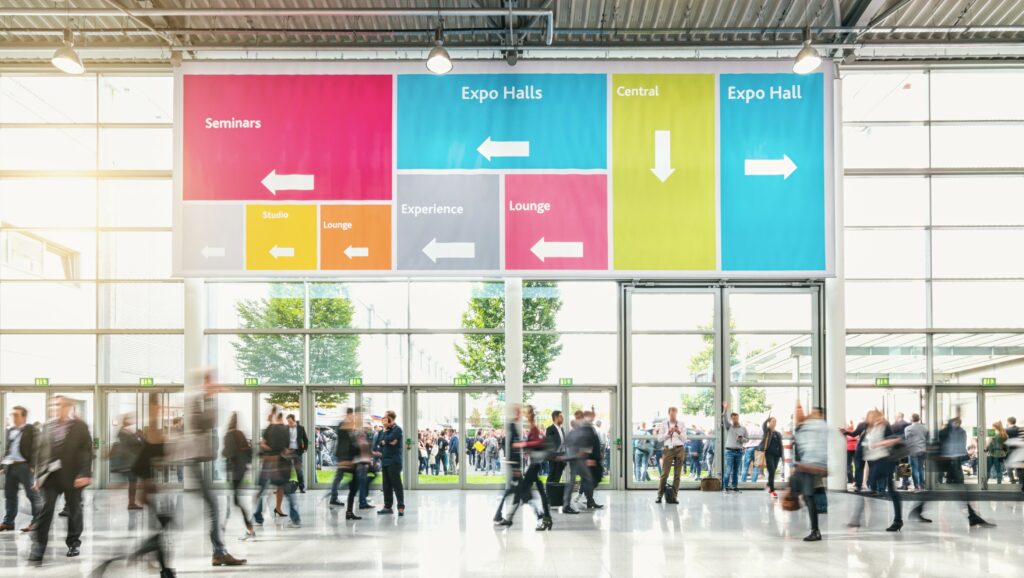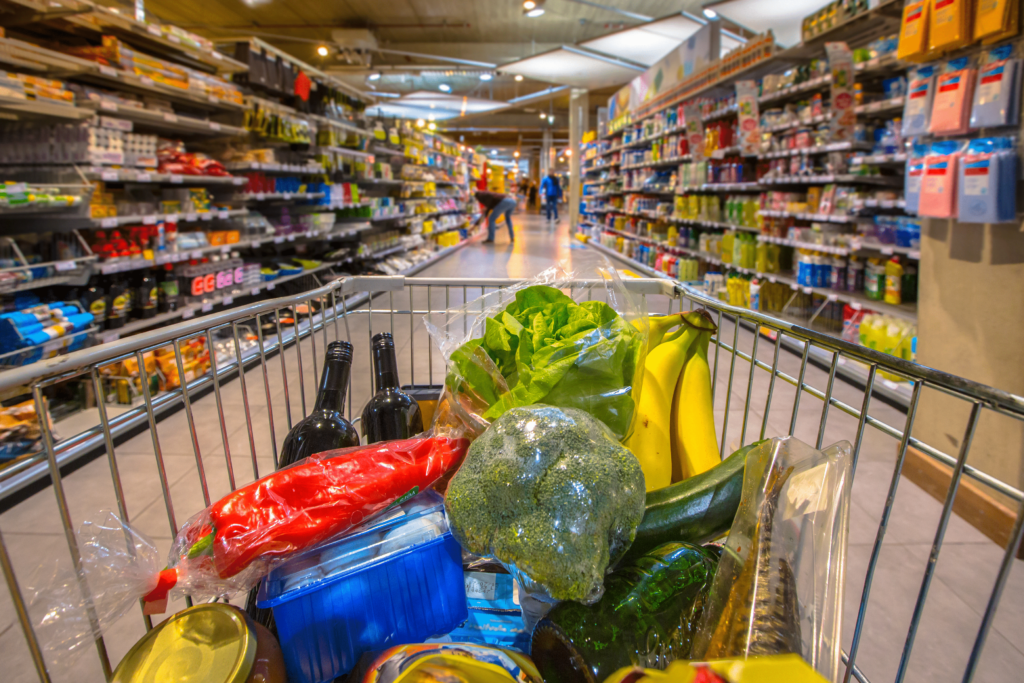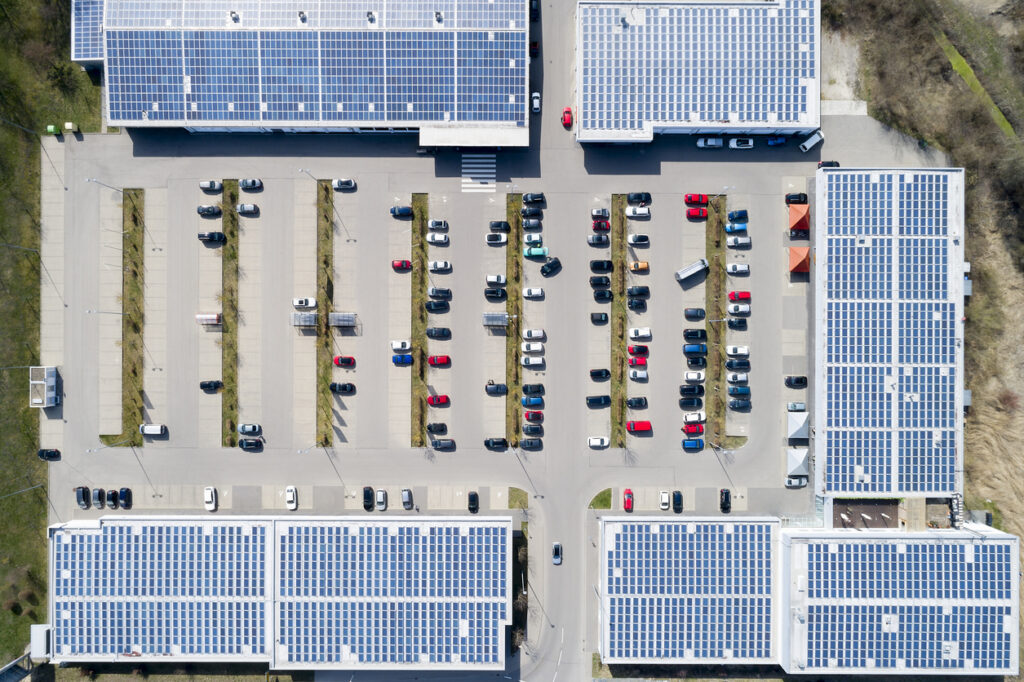Measuring the COVID-19 Recovery: Shopping Centers

Over the past several months, Intalytics has regularly reported on the impact of COVID-19 and associated shutdowns on businesses operating in a variety of sectors (including restaurants, grocery stores, and urgent care clinics). This week, we pull back and take a broad-based census of shopping center activity across the country to show that there are in fact glimmers of hope for retail operators as consumers continue to re-engage.
For this study, Intalytics evaluated visits (measured using mobile device geolocation data) to over 33,000 shopping centers across the U.S. Each shopping center is classified into one of several categories based on size, real estate, and tenant mix. Categories evaluated include:
- Strip Centers
- Neighborhood Centers
- Community Centers
- Lifestyle Centers
- Outlet Malls
- Power Centers
- Regional Malls
- Super-Regional Malls
Resurgence of Activity
The chart below illustrates consumer activity over time for each rolling one-week period beginning in March and continuing through the Memorial Day weekend. Activity is indexed against average activity observed in January and February.

This chart clearly shows that a strong resurgence of activity at shopping centers is well underway. However, not all centers share equally in the recent uptick in consumer activity.
Smaller standalone centers (strip/neighborhood/community) – which are often anchored by grocery stores or big-box retailers – never experienced quite the decline that other center types felt. The sizable expenditure shift away from restaurants and towards meals prepared at home likely helped, as did the continued operation of many general merchandise retailers such as Target.
While smaller standalone centers have reached 80%+ of their pre-pandemic levels of activity, traditional malls and lifestyle centers have experienced a much more modest improvement, having risen to 30% – 55% of pre-pandemic activity. This suggests that the average consumer is re-engaging with some caution – that current shopping activity is more transactional and less experiential, with a smaller share of individuals choosing to spend time lingering at a shopping center walking from store to store.
Of note is the relatively rapid recent increase in outlet mall activity. The week leading up to Memorial Day saw this category quickly climb the ranks, with consumer activity increasing from just over 20% of pre-pandemic levels on May 17th to nearly 60% of pre-pandemic activity post-Memorial Day. As summer travel likely increases over the coming weeks and months, outlet locations could prove to be a viable means of shoring up system sales and moving inventory that has stagnated in mall-based locations.
The charts below illustrate the same consumer activity over time, now cut by urbanicity and market size. Intalytics’ urbanicity categories are derived from measures of population density in the area immediately surrounding the shopping center, while our market size categories instead focus on the total population of the metro area in which the shopping center is located. Each shopping center falls in one urbanicity category and one market size category.


Consistent with prior research, there is a significant difference in impact (and now recovery) across differing levels of density. In particular, shopping centers in the most urban areas and in the largest markets were the hardest hit and have experienced the slowest recoveries to date. Those centers located in the smallest markets or in exurban/rural areas have been the least impacted, and are largely back to pre-COVID levels of activity (and in some cases, are higher).
Further reflecting the density dynamics illustrated so far are differences by state, summarized for the week ending May 26th in the table below:

State-level data reflects the confluence of many factors that differ significantly from state to state – severity of case rates, strictness and duration of shelter-in-place orders, political leanings, and sentiment toward public health directives. A few observations:
- Georgia was one of the first states to start to significantly open its economy back up, and is now experiencing average shopping center activity at 94% of pre-COVID levels. Fortunately, the state has yet to see a significant spike in new cases.
- Rural states such as Wyoming and Idaho are back to pre-pandemic activity levels, while more urban states such as New Jersey and Massachusetts are still significantly lower.
- Maine and Vermont belie the rural state trend – this may in part be attributable to their proximity to New York and Massachusetts, two epicenters of COVID-19 incidence.
What’s Next
While many potential obstacles could still complicate a full and speedy retail recovery, there are numerous positive indicators for retail operators, especially when folded in with broader macroeconomic movements. The slow and steady increase in shopping center activity measured here, combined with modest improvements in consumer sentiment ratings for May, better than expected employment reports, and more, all paint a rosier picture than many thought possible just two months ago.
To learn more about how Intalytics can quantify the impacts of consumer activity to inform real estate and marketing decision-making, please contact us for more information.
Related News
Carousel items












